Basically, I computed a global distribution probability model in the form of ASCII, say:
gdpm. gdpm's values are all between 0 and 1.
Then I imported a local map from shape file:
shape <- file.choose()
map <- readOGR(shape, basename(file_path_sans_ext(shape)))
The next step, I rasterized gdpm, and cropped using the local map:
ldpm <- mask(gdpm, map)
Then, I reclassified this continuous model into a discrete model (I divided the model into 6 levels):
recalc <- matrix(c(0, 0.05, 0, 0.05, 0.2, 1, 0.2, 0.4, 2, 0.4, 0.6, 3, 0.6, 0.8, 4, 0.8, 1, 5), ncol = 3, byrow = TRUE)
ldpmR <- reclassify(ldpm, recalc)
I've got a cropped and reclassified raster, now I need to summarize land cover, that is, to each level, I want to calculate its proportion of area in each region of the local map. (I don't know how to describe it in terminology). I found and followed an example (RobertH):
ext <- raster::extract(ldpmR, map)
tab <- sapply(ext, function(x) tabulate(x, 10))
tab <- tab / colSums(tab)
But I'm not sure if it works, since the output of tab is confusing.
So how to compute land cover area correctly? How can I apply the correct method within each polygon?
My original data is too large, I can only provide an alternative raster (I think this example should apply a different reclassify matrix):
Or you can generate a test raster (RobertH):
library(raster)
s <- stack(system.file("external/rlogo.grd", package="raster"))
writeRaster(s, file='testtif', format='GTiff', bylayer=T, overwrite=T)
f <- list.files(pattern="testtif_..tif")
I also have a question about plotting a raster:
r <- as(r, "SpatialPixelsDataFrame")
r <- as.data.frame(r)
colnames(r) <- c("value", "x", "y")
I do this conversion to make a raster plot-able with ggplot2, is there a more concise method?


